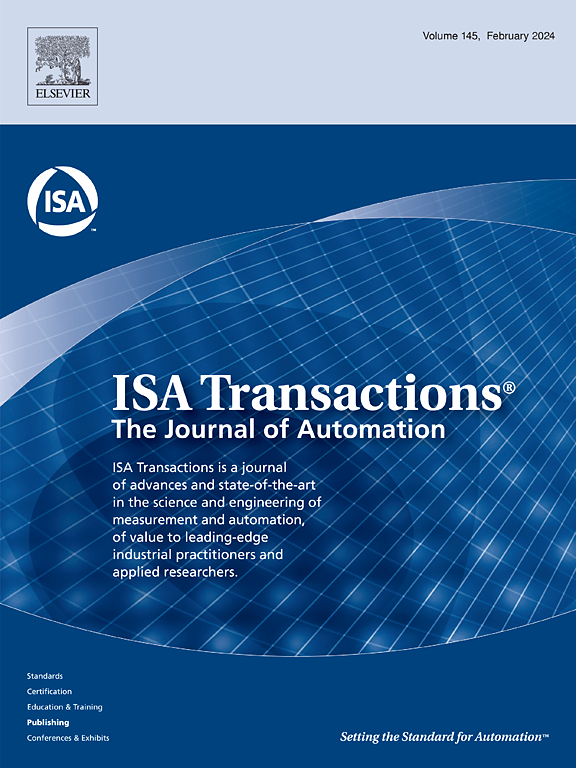Pursuing a target by wheel-legged mobile robot using NMPC while optimizing obstacles passing
IF 6.3
2区 计算机科学
Q1 AUTOMATION & CONTROL SYSTEMS
引用次数: 0
Abstract
In this paper, trajectory tracking control as the pursuit of a specific target by wheel-legged mobile robots (WLMRs) in an environment with the presence of obstacles is presented. These types of robots are designed to navigate different paths such as slippery trajectories, paths with obstacles, and other challenging paths. In addition, the robot can move its legs in different surface conditions and operate more flexibly with the help of wheels attached to the legs. In most cases, it is necessary to follow a specific goal or individual with high efficiency. With considering these requirements, at first, modeling of the WLMR in the n-link and m-leg modes has been performed, and then the equations have been generalized to the four-legged single-link state. Afterward, the trajectory tracking by a four-wheel-legged mobile robot (4WLMR) and following the predetermined goal using nonlinear model predictive control (NMPC) has been investigated. Results of simulation and experimental tests show that the robot has been able to successfully follow its target with the error of 0.03 m in the simulation test and less than 0.15 m in the experimental test. Also, the performance of the robot in dealing with environmental obstacles has been evaluated by simulation and experiment results indicate that energy consumption has been reduced as the robot passes under the obstacle rather than by passing around it. In this case, the tracking error was obtained 0.03 m and 0.2 m in the simulation and in the experimental tests, respectively.
求助全文
约1分钟内获得全文
求助全文
来源期刊

ISA transactions
工程技术-工程:综合
CiteScore
11.70
自引率
12.30%
发文量
824
审稿时长
4.4 months
期刊介绍:
ISA Transactions serves as a platform for showcasing advancements in measurement and automation, catering to both industrial practitioners and applied researchers. It covers a wide array of topics within measurement, including sensors, signal processing, data analysis, and fault detection, supported by techniques such as artificial intelligence and communication systems. Automation topics encompass control strategies, modelling, system reliability, and maintenance, alongside optimization and human-machine interaction. The journal targets research and development professionals in control systems, process instrumentation, and automation from academia and industry.
 求助内容:
求助内容: 应助结果提醒方式:
应助结果提醒方式:


